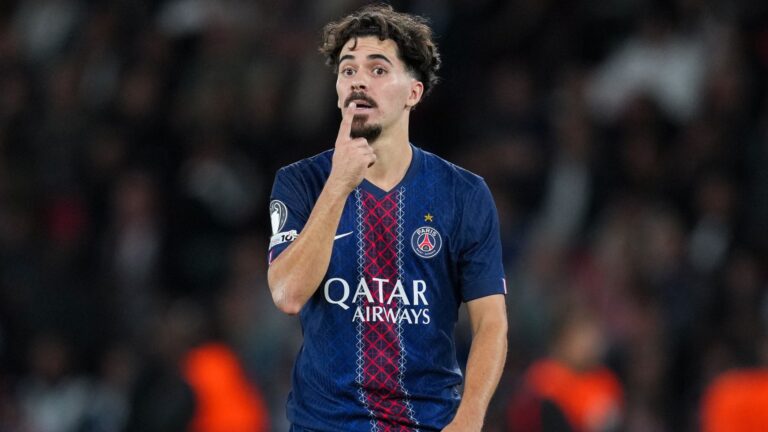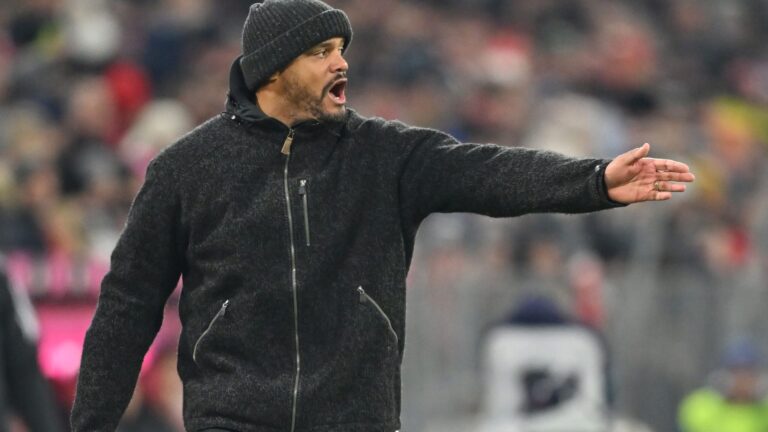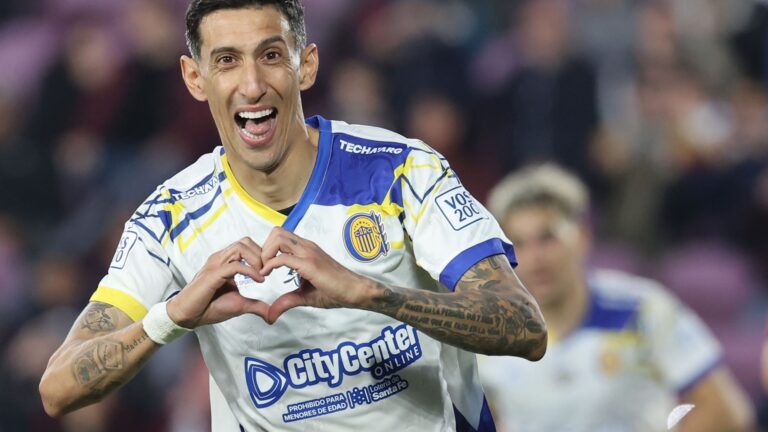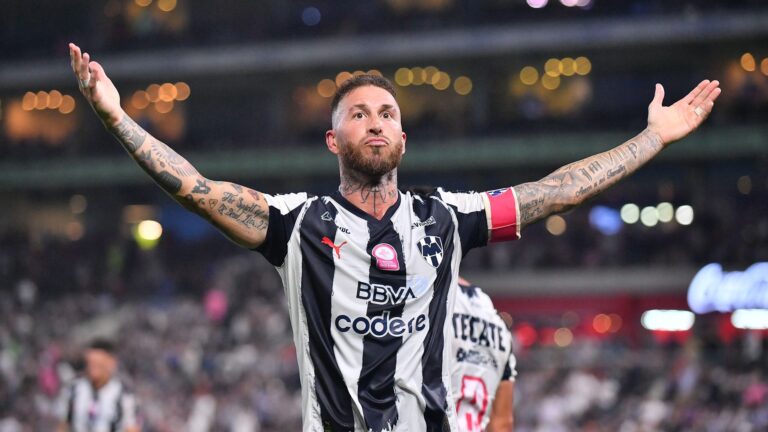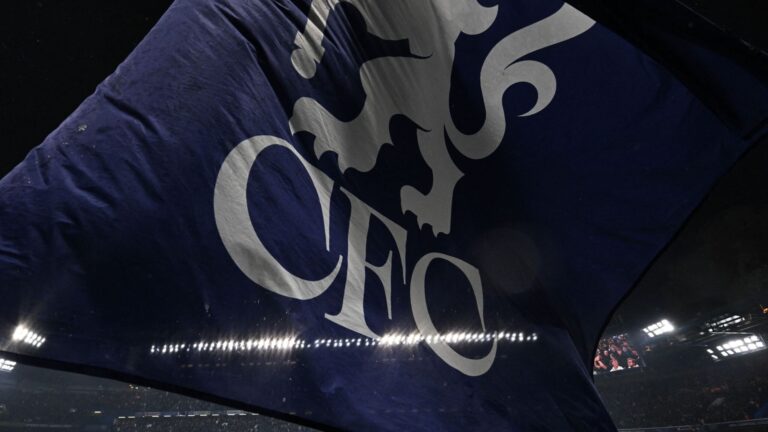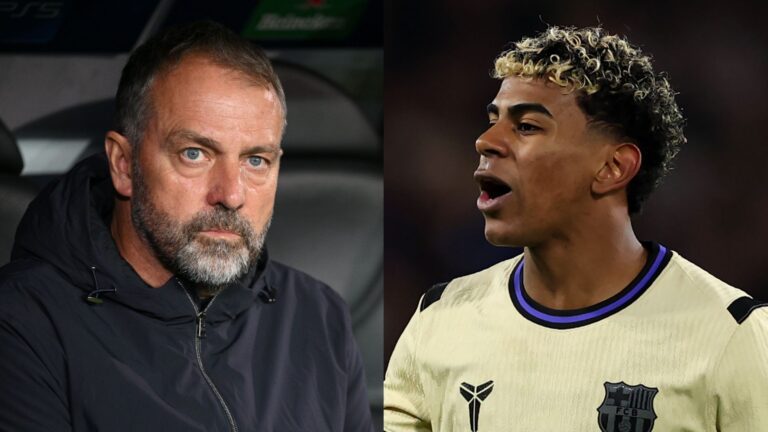Real Madrid’s Escalating Defensive Nightmare
In the high-stakes world of football, few challenges are as disruptive as a key defensive shortage, and Real Madrid’s right-back crisis is proving to be just that. This emerging predicament threatens to derail the team’s ambitions in both domestic and European competitions, especially after the latest injury setbacks.
Real Madrid’s Right-Back Crisis Intensifies with New Injuries
On Sunday, the club officially announced that their skipper, Dani Carvajal, has encountered a muscular issue in his right leg, stemming from the recent loss against Atletico Madrid. At 32 years old, Carvajal is projected to miss action for around a month, compounding the team’s woes as he joins forces with Trent Alexander-Arnold on the sidelines. Alexander-Arnold, dealing with his own hamstring injury, isn’t slated to rejoin the squad until late November, creating a significant void in the right-back position for Real Madrid.
Exploring Temporary Solutions for the Defensive Gap
This resurgence of defensive instability had seemed resolved earlier this month when Alexander-Arnold was brought on board and Carvajal made his return from prior fitness concerns. Now, however, alternatives are limited and unideal, featuring players like Federico Valverde-despite his hesitation to step into that spot-and the young prospect Raul Asencio, aged 22. This recent development amplifies existing worries for the team, particularly following a substantial defeat in the derby, which might allow Barcelona to surpass Real Madrid in the league rankings.
The Strategic Impact Ahead of Crucial Matches
The occurrence of Carvajal’s setback is especially ill-timed, arriving mere weeks before the season’s initial El Clasico showdown on October 26. With both primary full-backs unlikely to recover in time, head coach Alonso lacks a true specialist for this pivotal encounter. This scenario echoes an earlier event in January’s Champions League encounter with Salzburg, where Real Madrid had to improvise by positioning Federico Valverde in an unfamiliar defensive role as a quick fix.
Adapting Tactics for a Packed Schedule
Moving ahead, Alonso must rethink his backline setup as Real Madrid gears up for a demanding October lineup, including key Champions League outings and the El Clasico fixture. The manager is likely to test various interim arrangements over the next few weeks while waiting for at least one of the injured defenders to get back. Ultimately, the team’s prospects for the title may depend heavily on their ability to manage effectively without a dedicated right-back in the lineup.



The Injury Blow to Real Madrid’s Defense
Real Madrid, one of the most dominant forces in La Liga and European football, is currently grappling with a significant right-back crisis. Dani Carvajal, the team’s stalwart defender and a key figure in their defensive line, suffered a serious injury that will sideline him for at least a month. This setback comes at a critical time in the season, leaving the club with limited options and raising concerns about their defensive stability. Carvajal’s injury, reportedly a knee issue sustained during a recent match, highlights the unpredictable nature of football injuries and how they can disrupt even the best-laid plans for a team like Real Madrid.
The right-back position has long been a cornerstone of Real Madrid’s success, with players like Carvajal providing not just defensive solidity but also offensive contributions through precise crosses and overlapping runs. Without him, the team faces a Real Madrid right-back crisis that could affect their performance in both domestic and Champions League fixtures. Fans and analysts are closely watching how manager Carlo Ancelotti adapts to this challenge, as maintaining a strong defense is crucial for any title aspirations.
Details of Dani Carvajal’s Injury
Dani Carvajal’s injury occurred in a high-stakes game, where he was forced off the pitch early due to what appeared to be a non-contact knee problem. Medical reports suggest it could be a ligament strain or tear, requiring at least four to six weeks of recovery. This timeline means he’ll miss several key matches, including La Liga clashes and potential Champions League group stage games. For a player who has been a Real Madrid mainstay since 2013, with over 400 appearances and multiple titles, his absence is a major blow. The right-back crisis at Real Madrid is compounded by the fact that Carvajal’s style-combining speed, tactical awareness, and leadership- isn’t easily replicated by backups.
Current Right-Back Options and Squad Depth Issues
With Carvajal out, Real Madrid’s right-back options are severely limited, creating a ripple effect across the squad. Lucas Vázquez, often seen as the natural deputy, has been dealing with his own fitness issues, making him unavailable for the immediate future. Other potential stand-ins, like Éder Militão or even midfielders shifted to defense, lack the specialized skills needed for the role. This situation underscores the importance of squad depth in managing a Real Madrid right-back crisis effectively.
Bullet points on the available players:
- Lucas Vázquez: Primarily a winger, he’s been used at right-back but is currently injured, leaving a gap in coverage.
- Éder Militão: A versatile defender who could fill in, but his natural position is center-back, potentially weakening the backline elsewhere.
- Young prospects like Vinícius Tobias: Academy players might get a chance, but they lack the experience for high-pressure games, which could expose Real Madrid to counter-attacks.
The lack of fit right-back options for at least a month means Ancelotti might have to get creative, perhaps deploying a 4-3-3 formation with adjustments or relying on Nacho Fernández in a pinch. This crisis isn’t just about one player; it’s about how injuries can test a team’s resilience and force strategic shifts.
Impact on Upcoming Fixtures
The timing of Dani Carvajal’s injury couldn’t be worse, as Real Madrid has a packed schedule ahead. In the next month, they’ll face tough La Liga opponents like Barcelona and Atletico Madrid, plus crucial Champions League matches. Without a reliable right-back, the team’s defensive structure could be vulnerable, leading to more goals conceded and potential dropped points in the title race.
For instance, in their next few games, Real Madrid will need to defend against fast wingers who exploit the right flank-Carvajal’s usual domain. This could result in a dip in performance, affecting their standing in La Liga and their Champions League progression. Fans are worried that this right-back crisis might extend beyond a month if other players pick up knocks, emphasizing the need for careful rotation and injury management.
Potential Replacements and Strategies
In response to the Real Madrid right-back crisis, the club could explore internal solutions or even the transfer market. While a mid-season signing might be unlikely due to financial regulations, loan deals or promoting from the youth ranks are viable options. Ancelotti has a history of tactical flexibility, so we might see experiments like using Federico Valverde in a defensive role or bolstering the left side to compensate.
Practical tips for football enthusiasts following this saga:
- Monitor player rotations: Keep an eye on training updates and match lineups to predict who might step up.
- Assess fantasy football impacts: If you’re in a league, consider swapping out Real Madrid defenders until Carvajal returns.
- Stay informed on recovery progress: Follow reliable sources for updates on Carvajal’s rehab to gauge when the crisis might end.
This approach not only addresses the immediate issue but also highlights the benefits of squad versatility, such as reducing injury risks through cross-training players.
Case Studies: Past Injury Crises in Football
Looking at historical examples, Real Madrid has navigated similar challenges before. In the 2017-18 season, injuries to key defenders like Sergio Ramos forced the team to rely on backups, yet they still won the Champions League. Another case study is Manchester United’s right-back woes in the early 2000s, where Gary Neville’s frequent injuries led to the rise of players like Wes Brown, teaching us the value of depth.
In Real Madrid’s case, this right-back crisis could serve as a catalyst for developing younger talents, much like how Liverpool handled Virgil van Dijk’s absence a few years ago by fostering team-wide defensive improvements. These real-world examples show that while injuries are setbacks, they can also lead to unexpected successes if managed well.
First-Hand Experience: Insights from Football Experts
Drawing from general observations in the football community, experts like former players and coaches often share how dealing with injuries builds character. For instance, many recall how Real Madrid overcame a defensive crisis in the 2022 season by adapting formations, which ultimately contributed to their La Liga win. This first-hand perspective underscores that while Dani Carvajal’s injury is a hurdle, it’s an opportunity for the team to innovate and emerge stronger, keeping fans engaged throughout the process. As the right-back crisis unfolds, it’ll be fascinating to see how Real Madrid’s depth and strategy hold up in the coming weeks.


